Multimodal AI: Beyond Text and Speech
Introduction
Artificial intelligence in 2025 is evolving rapidly, transcending the traditional focus on single input types like text or images. Multimodal AI represents the next frontier—systems that understand and process multiple data types simultaneously, such as text, images, audio, and video. This breakthrough enables AI to generate richer, more accurate responses and deliver smarter, context-aware experiences. At Pure Technology, we recognize multimodal AI as a game-changer across industries, revolutionizing everything from customer service to healthcare, education, and beyond.
What is Multimodal AI?
Multimodal AI refers to machine learning models designed to ingest and integrate multiple types of inputs—text, speech, images, video, and audio—to analyze complex scenarios holistically. Unlike single-modal AI that focuses on only one data type, multimodal AI synthesizes these varied inputs to provide a deeper understanding and more nuanced outcomes.
For example, a multimodal AI system can analyze a product image, read customer reviews, and interpret voice feedback simultaneously to generate personalized recommendations or solutions. This mimics the human ability to integrate what we see, hear, and read into a singular contextual impression.
How Does Multimodal AI Work?
- Data Collection and Preprocessing: The system collects heterogeneous input data—photos, videos, transcripts, audio recordings—and cleans and structures it for analysis.
- Feature Extraction: Specialized algorithms extract meaningful features from each modality individually, such as text semantics from language models, visual objects from images, and tone from audio.
- Data Fusion: These distinct feature sets are then combined into integrated representations using methods like early fusion (combining raw data) or late fusion (combining processed embeddings).
- Model Training: Multimodal neural networks are trained on large, diverse multimodal datasets to learn correlations across modalities.
- Inference and Generation: Given new inputs, the AI generates responses or predictions that consider the full spectrum of data, enabling more relevant and accurate outputs.
Why Multimodal AI Matters in 2025
The integration of multiple data forms allows AI models to:
- Deliver context-rich, human-like conversations and insights
- Improve decision-making through more comprehensive understanding
- Automate complex tasks involving visual, auditory, and textual components
- Enhance personalization by considering multiple customer interaction signals
Practical Applications of Multimodal AI
- Healthcare: Multimodal AI merges X-rays, MRI scans, patient history, and doctor notes to improve diagnostics and personalized treatment planning. For instance, it can detect abnormalities faster and recommend treatments tailored to comprehensive patient profiles.
- Customer Support: AI assistants and chatbots that analyze support tickets, photos of defective products, and voice calls to provide faster, more accurate resolutions and empathetic interactions.
- Education: Multimodal learning platforms analyze video lectures, slide content, and student questions to deliver adaptive learning experiences.
- Retail and E-commerce: AI analyzes product images, user reviews, and voice queries to generate personalized shopping recommendations and streamline checkout experiences.
- Security and Surveillance: Systems combine video footage, audio cues, and sensor data to detect security threats in real-time with higher accuracy.
Benefits for Businesses
- Enhanced User Experience: Multimodal AI enables natural, seamless interactions by combining voice, vision, and text inputs.
- Improved Accuracy: By leveraging multiple data sources, the AI reduces errors common to single-modality systems.
- Operational Efficiency: Automates multi-dimensional tasks that were previously manual or tolerably slow.
- Innovative Solutions: Enables creative new product features such as AI copilots, immersive AI-powered learning tools, and advanced diagnostics.
Challenges and Considerations
- Data Complexity: Combining diverse data types requires sophisticated preprocessing and large datasets.
- Computational Resources: Multimodal models are resource-intensive, requiring powerful infrastructure.
- Interpretability: Explaining decisions made by complex multimodal AI can be challenging.
- Integration: Seamlessly embedding multimodal AI into existing systems demands careful planning.
Conclusion
Multimodal AI is transforming how machines perceive and interact with the world by combining text, speech, images, and video in intelligent ways. This holistic approach unlocks unparalleled capabilities and applications across sectors. Leading with multimodal AI innovation today prepares businesses for the complex, interconnected data environments of tomorrow. Pure Technology is your trusted partner for navigating and implementing this exciting AI revolution.
Call us for a professional consultation

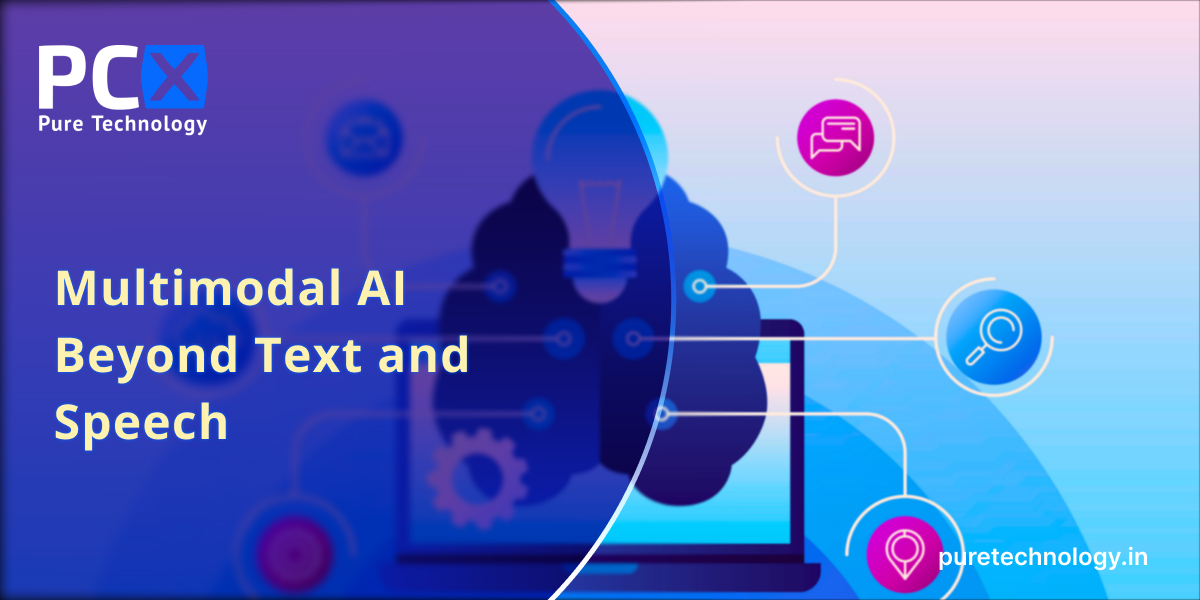

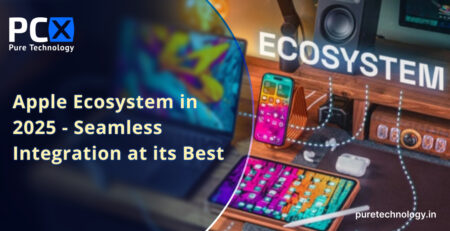
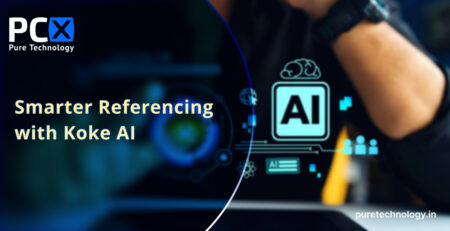


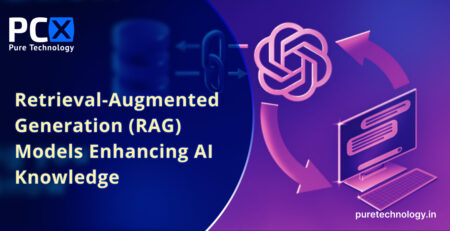

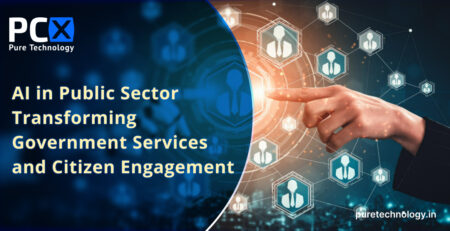


Leave a Reply